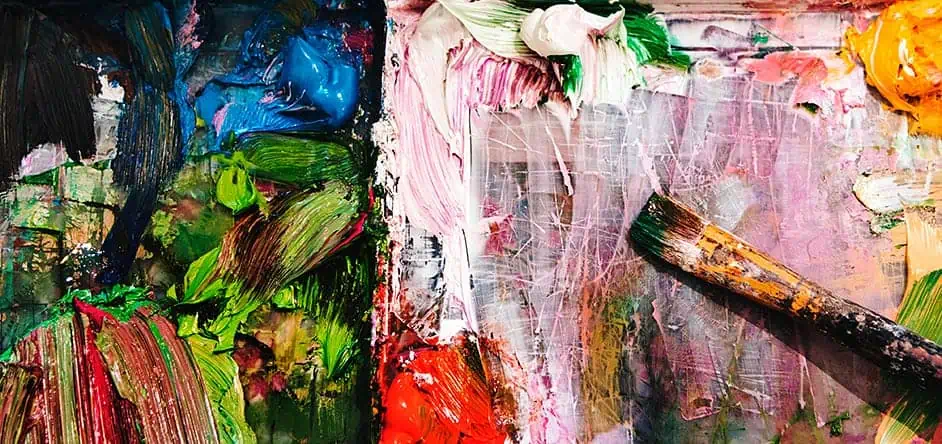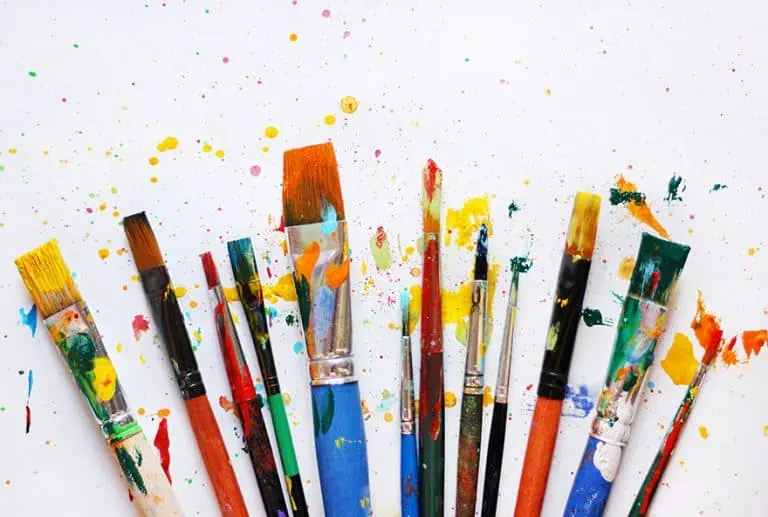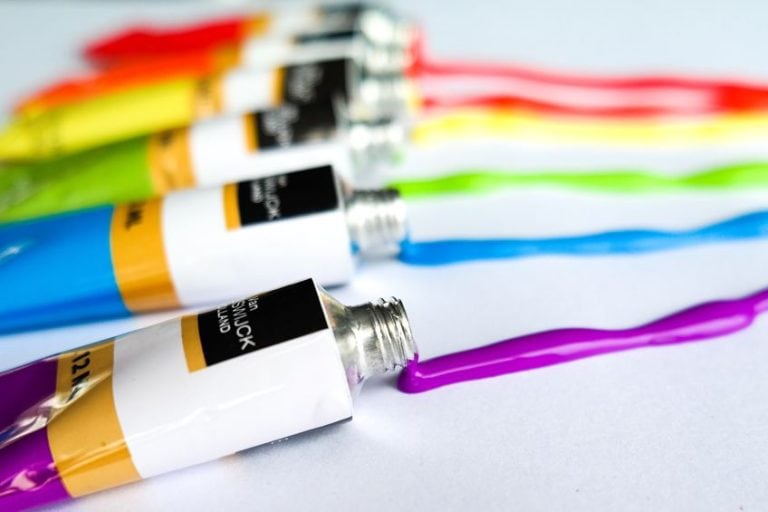Acrylic Medium Overview and how to Make your Own Acrylic Medium
This post may contain affiliate links. We may earn a small commission from purchases made through them, at no additional cost to you.
Have you ever wondered why Acrylic paints are very popular and suitable for beginners? Well, acrylic paints can create beautiful artworks with a lot of ease. You only need a paintbrush, water, canvas and you will be good to go. Acrylic paints are not associated with the use of any complicated tools or long periods of drying. This makes them suitable for traditional painting as well as a mixing media. The secret agent that gives the paints special features is the acrylic medium.
Table of Contents
Definition of an Acrylic Medium
If you want to alter or change the properties and features of your acrylic paint, then you have to get an acrylic medium. Acrylic mediums are added to the pigment of the mixtures to make the paint thicker, lengthen its drying time, and so on. Mediums are usually bought as additions to paint. You may use an acrylic medium to make your paint thinner, thicker or glossier. They enable you to adjust the properties of your paint so that it can be workable for a longer time. The only problem is that the market is flooded with a lot of these products; thus the process of choosing can become so overwhelming if you are a newcomer. Below is a list of some of the top-rated acrylic mediums that you can purchase to enhance your creativity.
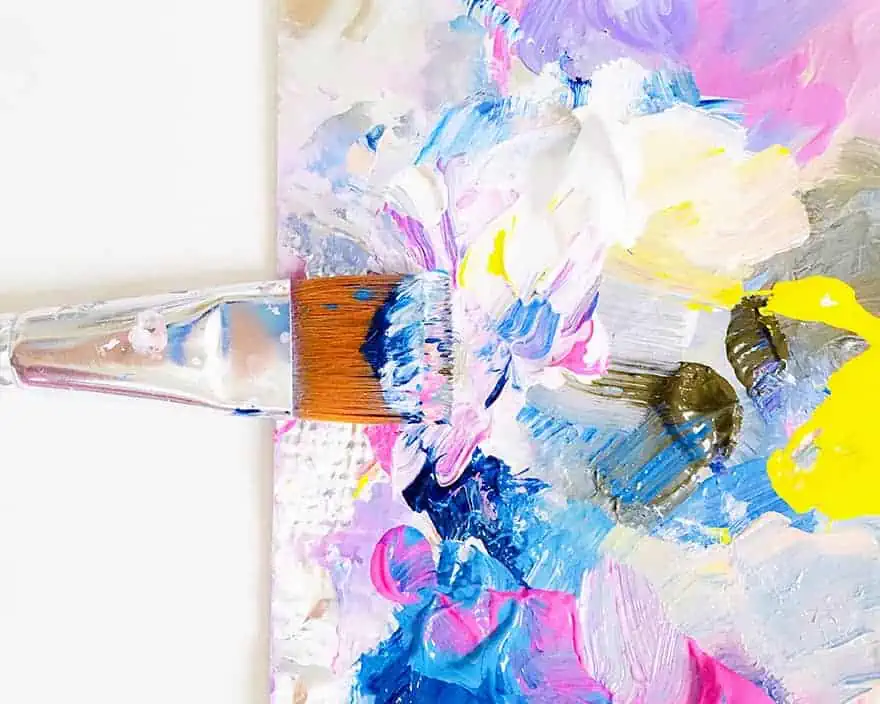
Acrylic Medium Types
There are a variety of acrylic mediums that you can use to adjust the properties and features of your acrylic paint. It all depends upon your preferences, whether you want thin or thick acrylic paint. This decision will determine the type of medium you must buy. The different types of mediums are as follows:

Gel Medium
This medium is added to modify and add body to the paint, thus extending the color volume, transparency as well as improving brushstrokes. It does not alter the adhesive and consistency properties of the paint itself. Acrylic gel medium can add durability to the paint. The gel medium usually comes in a gloss or matte finish. The best Acrylic Gel Medium is the U.S. ART SUPPLY Impasto Clear Gel Acrylic Medium which usually comes in a 500ml tub. This medium is non-toxic and it increases the impasto effect. This acrylic medium is transparent and clear when dry. The opposite is true, thus it is translucent when wet. You can use it to bond heavy objects through the strong adhesive features.
- Heavier weight, non-toxic; Translucent when wet, transparent when dry
- Water-based acrylic gel increases impasto effect, textural sharpness and extends paints
- Very strong adhesive for bonding heavy objects or for sand and other textural additives
- Use for traditional overpainting and layering techniques, adding texture and structure
The Impasto clear gel acrylic medium can be used to increase the paint volume by thickening the paint but not changing the color. It is very easy to use and you can apply it with a paint spatula or brush, resulting in a variety of textures. Thus, it can create a variety of textures.
PROS
- It is very easy to use
- Great value for money
- High level of thickness and sheerness
- Non-toxic
- It is water-based
- Sets up very fast and dries clear
CONS
- Usually makes acrylic paint transparent, thus changing the colors.
- Sometimes feels like plastic after drying
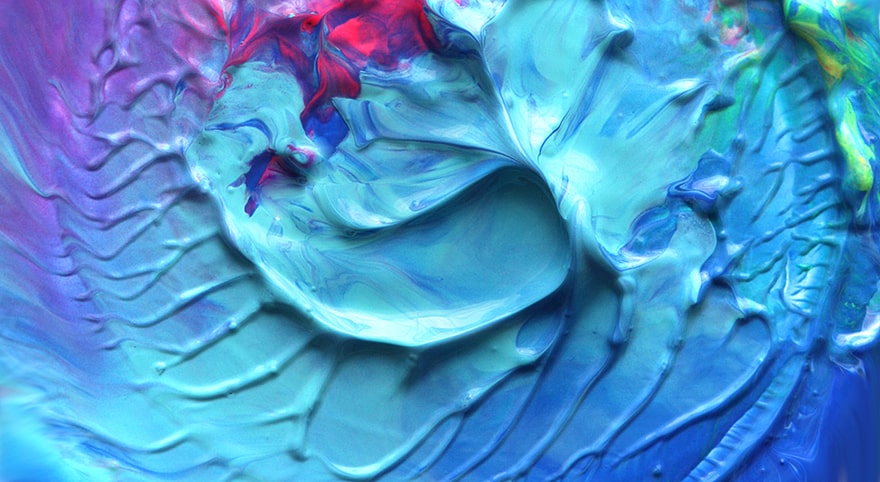
Gloss or Matte Medium
This acrylic medium adds a gloss or matte finish to the paint. The process is done by thinning the paint a little bit, thus adding some transparency. For example, when working with heavy body paint like opaque, you can add gloss or transparency features using this medium. You can also use this medium to prevent the problem of remaining brushstrokes; it will leave your surface clean and even. The gloss medium has the ability of thickening the acrylic paint and it adds a transparent gloss. Gloss acrylic mediums can enhance and add a natural touch of sheen to your acrylic paint. On the other hand, the matte medium can add a non-reflective finish to your acrylic paint.
- Ultra Matte Medium Mat Thick, 237ml, creamy with satin finish; Good pigment load
- Retains peaks and brush strokes; Ideal for learning color theory and color mixing
- Conforms to ASTM D4236; Safe for educational use
If you want to purchase the best matte acrylic medium, opt for the LIQUITEX Ultra Matte Medium. It is five stars rated by most users because of the good pigment load. It has a cream, satin finish that is excellently thick. This medium is perfect for beginners because it has amazing color learning and mixing features.
PROS
- Very easy to clean
- Highly Durable
- Excellent adhesion properties
- Great value for money
CONS
- Does not contain varnish

Modeling Paste
This is the most commonly used acrylic medium which is made from marble paste. The modeling paste medium has high adhesion properties, thus it can stick to a variety of surfaces. You can sand or paint once it has dried. It is opaque white and has a rough texture when dry. The commonly known modeling paste is the U.S. ART SUPPLY Modeling Paste Acrylic Medium. It is top-rated for an excellent rate of absorbency. The product is inexpensive, thus considered as a great value of money when comparing the price and overall performance of the product. It is non-toxic and dries very well (hard like a stone). This modeling paste is opaque in color and very thick bodied.
- Mix with paint pigment or in, create three dimensional, textured surfaces
- Dries to the hardness of stone, and can be sanded or carved when thoroughly dry
- Lightweight, non-toxic, has excellent tooth and absorbency
You can sand or carve it when it has dried properly. You can use a brush or paint spatula for application. It can produce a variety of colors when mixed with paint.
PROS
- Great value for money
- Excellent consistency rate
- It is easy to use
- High level of thickness and sheerness
- Very easy to clean
CONS
- A very thin consistency
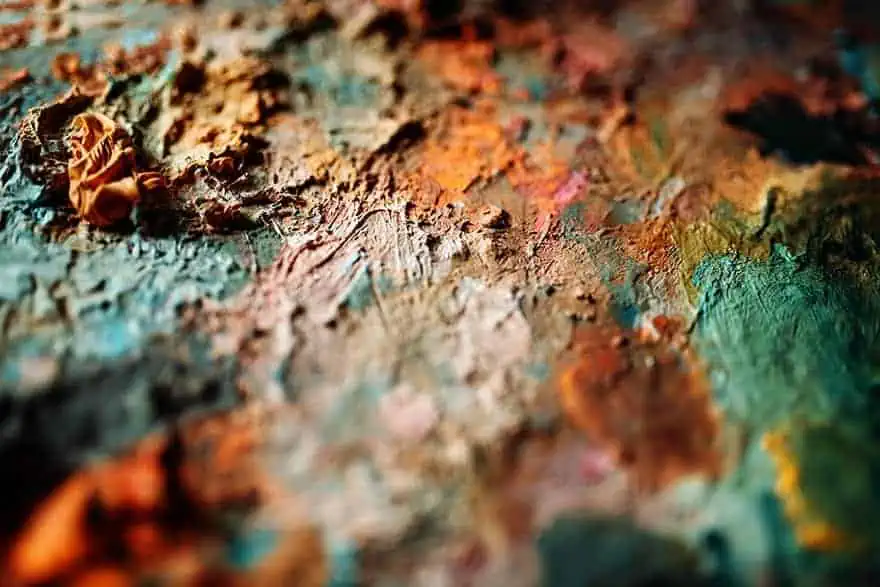
Glazing Medium
You can use the glazing medium in enhancing or creating a feeling of depth, by laying multiple layers of translucent paint. The glazing medium works by making the acrylic paint a little thinner and transparent. However, it does not compromise the adhesive properties of the paint. It is very clear when dry, but white when wet. The most commonly used glazing acrylic medium is the LIQUITEX Professional Glazing Medium. This medium can create jewel-like grazing. It consists of the best leveling and brushing qualities with acrylic paint.
- Create brilliant jewel-like glazes with acrylics, excellent brushing and leveling qualities
- Lightweight, non-toxic and dries to a water-resistant, non-yellowing surface
- Intermixable with Liquitex Professional Acrylic Paint Colors and Mediums
PROS
- Highly durable
- High adhesion qualities
- Very easy to clean and use
- Consists of a high level of sheerness
- Great value for money
CONS
- The varnish contains bubbles that cannot be removed
- Not suitable for acrylic pour painting
- Usually comes in poor packaging
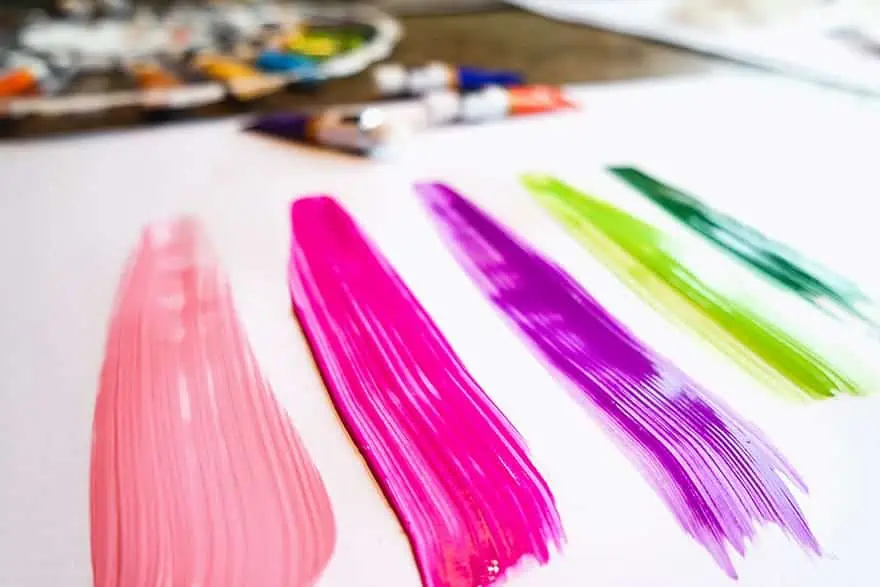
Retarding Medium
This is also known as the Slow Drying Medium. The only setback of acrylic paints is the quick drying time which hinders the process of getting smooth and soft blends on your paint surfaces. The drying time is accelerated even more due to the friction of the brush and the paint surface. This friction creates heat which accelerates the drying time even more. This is when the Slow Drying Medium comes into play since it can slow the drying time of acrylic paints. It improves the texture of the paint, making it more blendable and workable for a long time. The retarder comes in both gel and fluid form. The gel form can be added to the paint directly and the fluid form has to be mixed with water first then added to the paint in small doses. Always ensure that you stick to the guidelines and instructions listed on the product because too much of anything can result in problems. Too much of the product can affect the pigment properties of the paint, thus sticking to the proper ratios is important.
- Slows the drying time of acrylics to give more working time for blending and manipulation
- A ratio of 1 : 1 color to additive volume doubles the drying time
- Maintains color viscosity and has no effect on the finished color when dry
WINSOR & NEWTON Slow Drying Medium is an inexpensive good choice. It requires only a ratio of 1:1 to double the drying time. Thus, the color is not affected when it dries.
PROS
- An excellent glossy medium
- A great value for money
- Excellent blending properties
- Works well in cleaning the brushes
CONS
- Has a bad chemical odor
- It separates the acrylic colors at times

Flow Improver Medium
The Golden Artist Colors High Flow Acrylics 10-Color Mixing Set offers artists a versatile and vibrant array of acrylic inks ideal for various painting techniques. With a focus on high flow consistency, these acrylic inks are perfect for use with pens, airbrushes, brushes, and more. The set includes ten carefully selected colors that can be intermixed to create an endless spectrum of hues, allowing for unlimited creative possibilities. Whether used for fine detail work, bold strokes, or intricate designs, these acrylic inks deliver rich pigmentation and excellent fluidity, making them a favorite among artists seeking professional-grade quality and performance in their artwork.
- Offers versatility in application, suitable for use with pens, brushes, and airbrushes.
- These acrylic inks provide rich and intense colors
- 10-color mixing set
PROS
- Versatile Application
- Rich Pigmentation
- 10 Intermixable Colors
CONS
- Expensive
- Requires Thorough Mixing
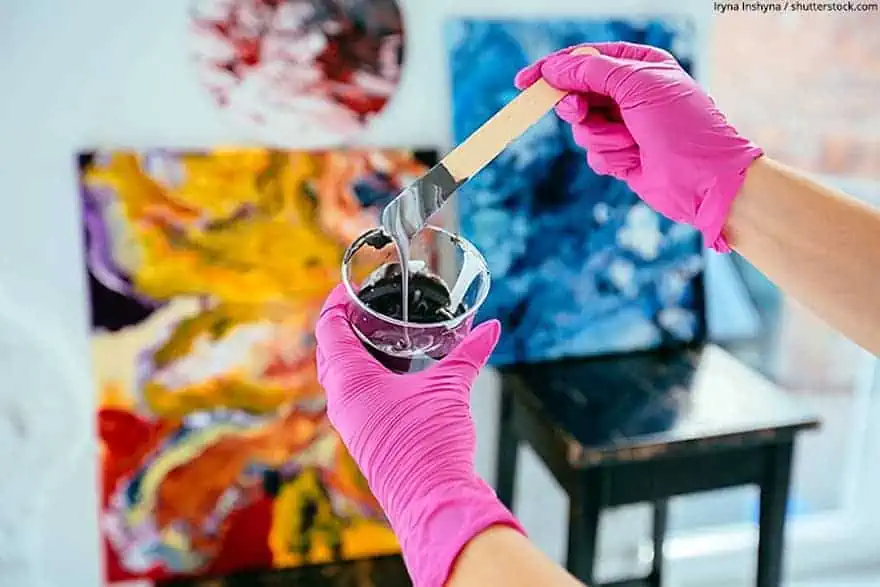
Other Mediums: Water
Water is the cheapest and easiest medium to use. Water acts as an acrylic solvent since acrylic paints are water-based. You can opt for a little water to keep your paint flowing evenly; this can also assist in keeping your work a little longer. However, too much water. Thus too much water in some brands may cause the paint to be a bit patchy too. You can opt for watercolor paper, and use it to dilute acrylics paints into an even, thin consistency. The watery paint will soak deep into the fibers of the paper thus creating a stable mixture with the water medium.

Over Dilution
Adding 50% or more water to your acrylic paint can cause over dilution, thus using 80% water and 20% paint produces over diluted paint. Watercolor paint is created when you mix a high amount of water, thus giving the paint a matte finish. If you are painting on a non-absorbent surface, make sure you use not more than 30% of water to thin your paint. However, an absorbent surface can hold any amount of water you might use. This is because the fibers of the unprimed surface can hold the pigment together and thus absorbing all excess water. Always note the type of acrylic paint that you will be using before adding any amount of water.
If you are using low-quality grade paints, excess water can affect the pigment of the paint when it dries. Excess water has e negative effect on the acrylic polymer. It causes the polymer to lose its binding effect, thus dispersing the pigment.

Differences between Acrylic Mediums and Additives
To fully understand the differences between the two, you should first understand the basic ingredients that are used in making acrylic paint. Acrylic paints are made from the following three ingredients:
Pigment
This is the substance that gives the acrylic paint its color. This pigment can be man-made or made from natural resources. Pigments are universal, meaning that the same pigments used in acrylic paints are also used in pastels, oils, and so on.
Binder
Acrylic polymer is an example of a binder that holds the pigment into place. Acrylic polymer is the binder that is found in acrylic paints. This acrylic polymer can increase the adhesive properties of the paint also making the paint waterproof.
Solvent
This substance affects the fluidity of the acrylic paint. Solvents are not the same; they are based on paint type. A mixture of the binder with water enables the paint to spread over the surface.
Note: Acrylic paints have a binder and additives do not have!
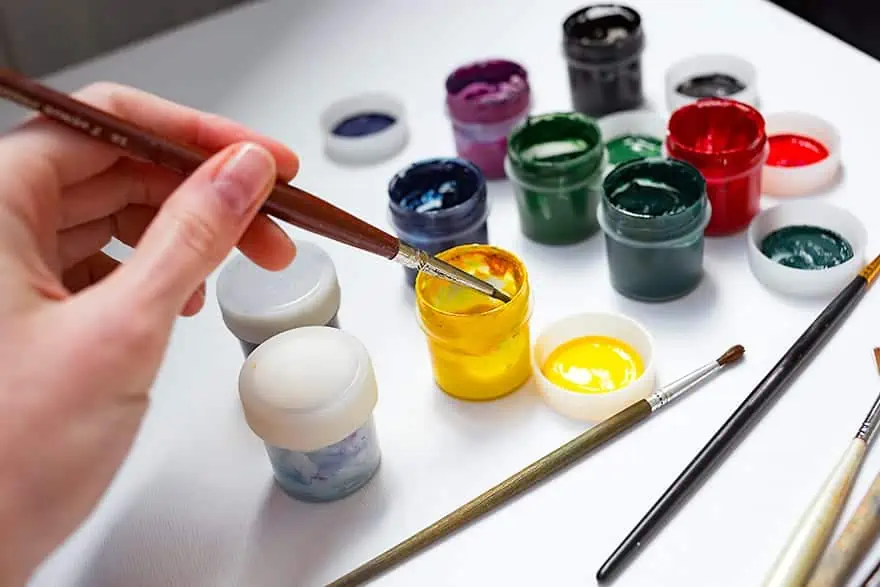
Tips and Tricks when Using Acrylic Mediums
- Glazing alters color effects. Use the glaze medium to unify your image. You can also use glazing all over your piece while you are working so that it can produce strong unified colors and effects. After that you can opt for a thin wash, thus adding extra depth using Acrylic Mediums Gloss Gel.
- Mediums maintain the boldness of the colors. When you practice using the mediums correctly, you will be able to enhance and maintain the boldness of your colors for a long time. However, do not add too much water to your acrylic paint because it can cause over thinning of the paint. Over thinning dilutes the binder thus the pigment will be left without a sufficient binder. Always ensure that you follow the correct instructions when using the mediums so that you achieve your expected results.
- Add fun to the art of paintng. Mediums can add an array of amazing impossibilities to your artwork. Choose any preferred texture of your choice and enjoy the fun of painting.

Frequently Asked Questions
Are all Acrylic Mediums Milky?
Acrylic mediums are all different, some are milky, clear when wet and others are translucent. The emulsion water content has an effect on the milky color in some of them. Others have a resin or matte agent that causes the milky color.
If my Acrylic Paint is Drying too fast, can I use an Acrylic Medium?
Do not add water to your acrylic paint Also minimize the air and heat flow in your working area. Moreover, use acrylic mediums in extending the color of your paint. A Gel medium is a perfect choice.
Can I Use Water instead of an Acrylic Medium to Thin my Paint?
Water is also an alternative when it comes to thinning your paint. However, water is not recommended because it can have some adverse effects on your paint. This is because water tends to over dilute and affect the acrylic paint features. Water affects the paint color.
When can I Use the Acrylic Gloss Medium?
This medium causes a change in the finish of the paint, resulting in shiny images. You can use this medium if you want to add a shiny appearance to your image. It affects the binder and pigment ratio.
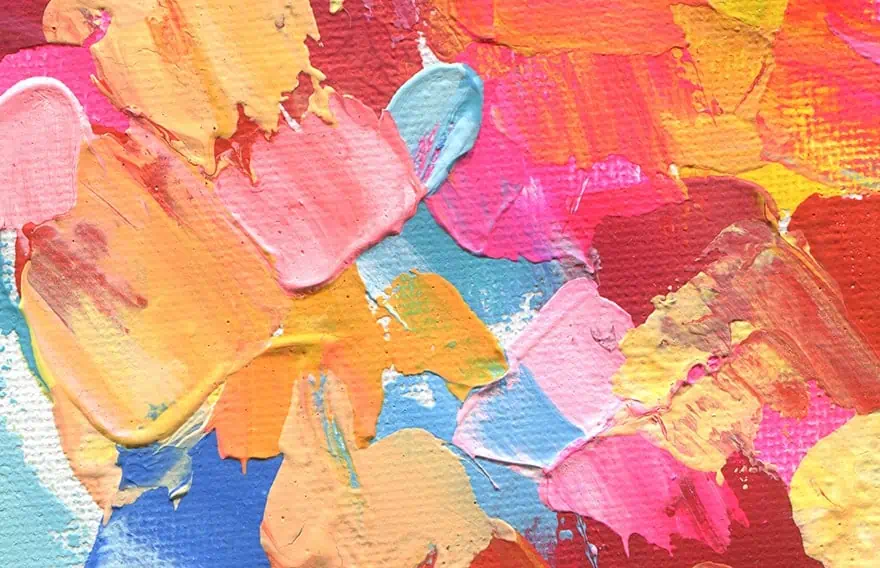
In 2005, Charlene completed her wellness degrees in therapeutic aromatherapy and reflexology at the International School of Reflexology and Meridian Therapy. She worked for a company offering corporate wellness programs for several years before opening her own therapy practice. In 2015, she was asked by a digital marketer friend to join her company as a content creator, and it was here that she discovered her enthusiasm for writing. Since entering the world of content creation, she has gained a lot of experience over the years writing about various topics such as beauty, health, wellness, travel, crafting, and much more. Due to various circumstances, she had to give up her therapy practice and now works as a freelance writer. Since she is a very creative person and as a balance to writing likes to be active in various areas of art and crafts, the activity at acrylgiessen.com is perfect for her to contribute their knowledge and experience in various creative topics.
Learn more about Charlene Lewis and about us.
